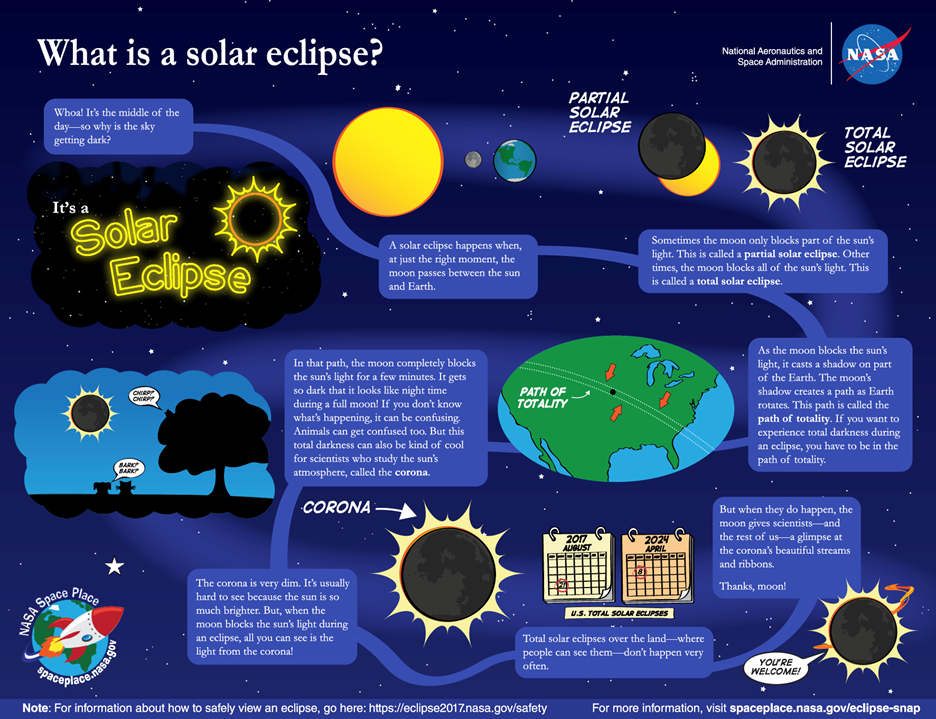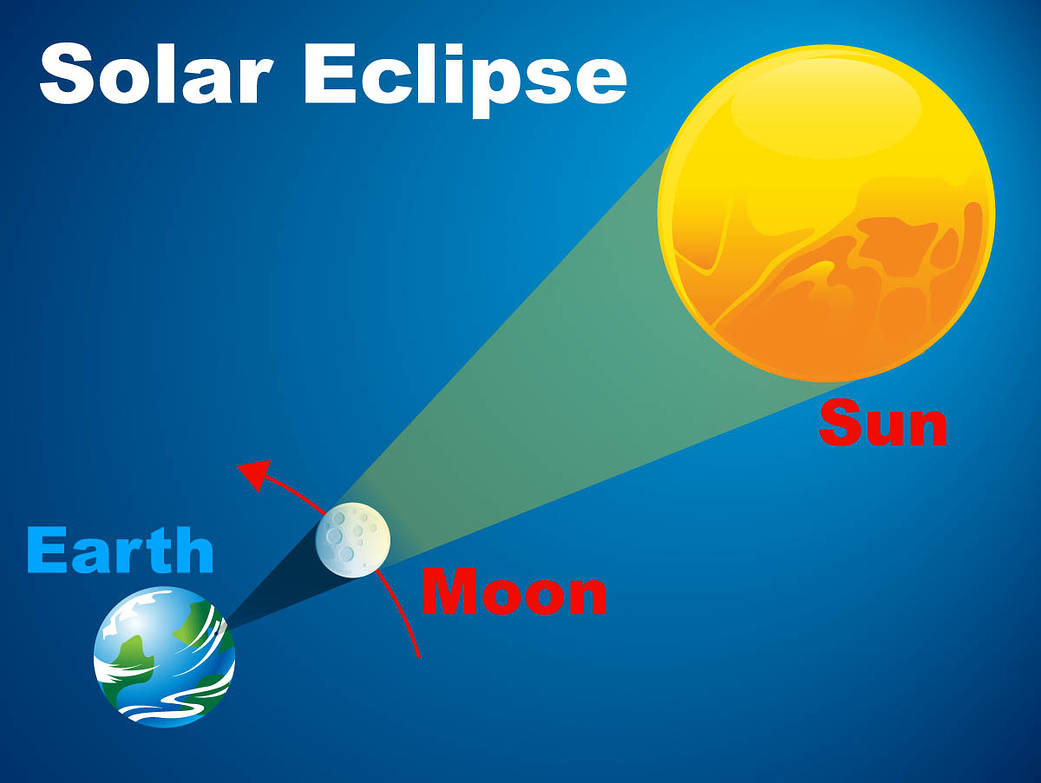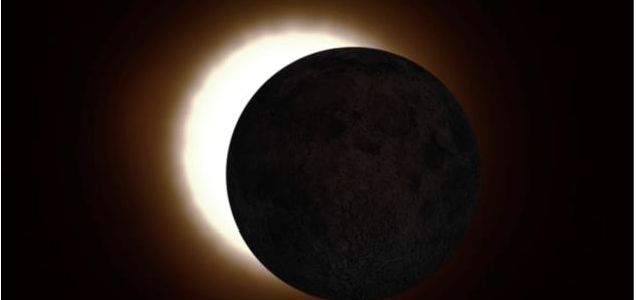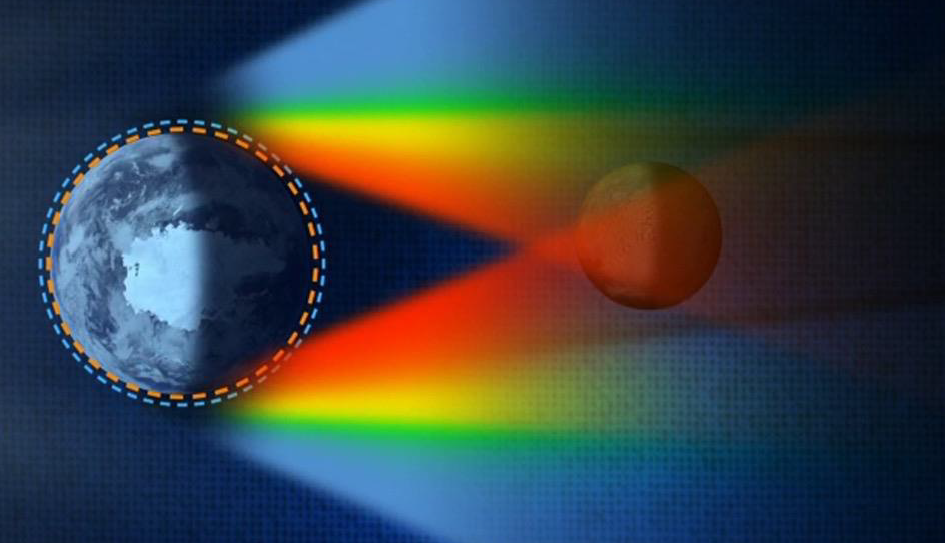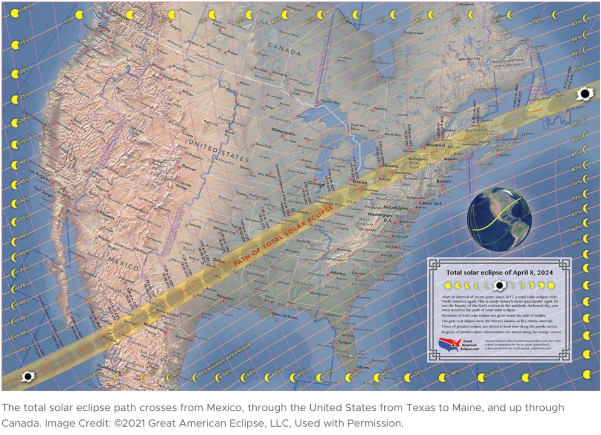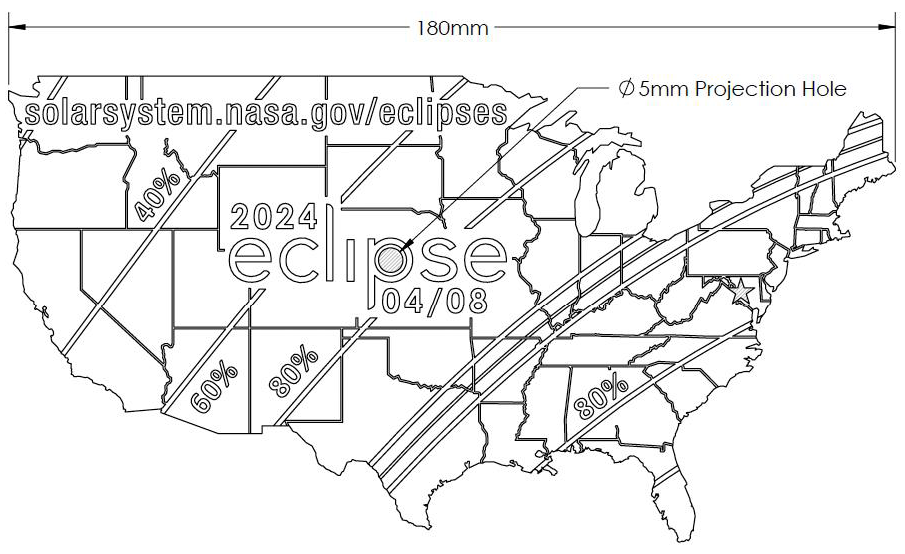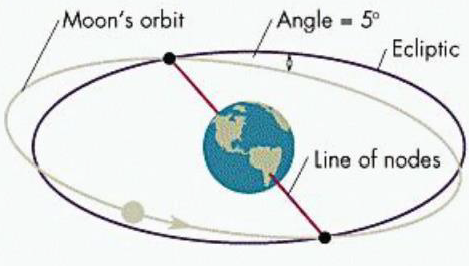Interactive Models
Explore Solar Eclipses
Overview
In this activity students will make observations about the objects, size, distance, and motion of the Sun, Earth, and Moon during a solar eclipse and manipulate slides to show the relationships.
Materials Required
Directions
Remember to never look directly at the Sun without proper safety equipment.
Make observations about the objects, size, distance, and motion of the Sun, Earth, and Moon during a solar eclipse and manipulate slides to show the relationships.
Procedure:
- Open the Explore Solar Eclipses slide deck.
- Use the slides in "edit" mode so you can move items on the screen.
- Read the content and follow the directions to move images.
- Submit results as directed by your instructor.
Teacher Note
Teachers who are interested in receiving the answer key, please complete the Teacher Key Request and Verification Form. We verify that requestors are teachers prior to sending access to the answer keys as we’ve had many students try to pass as teachers to gain access.
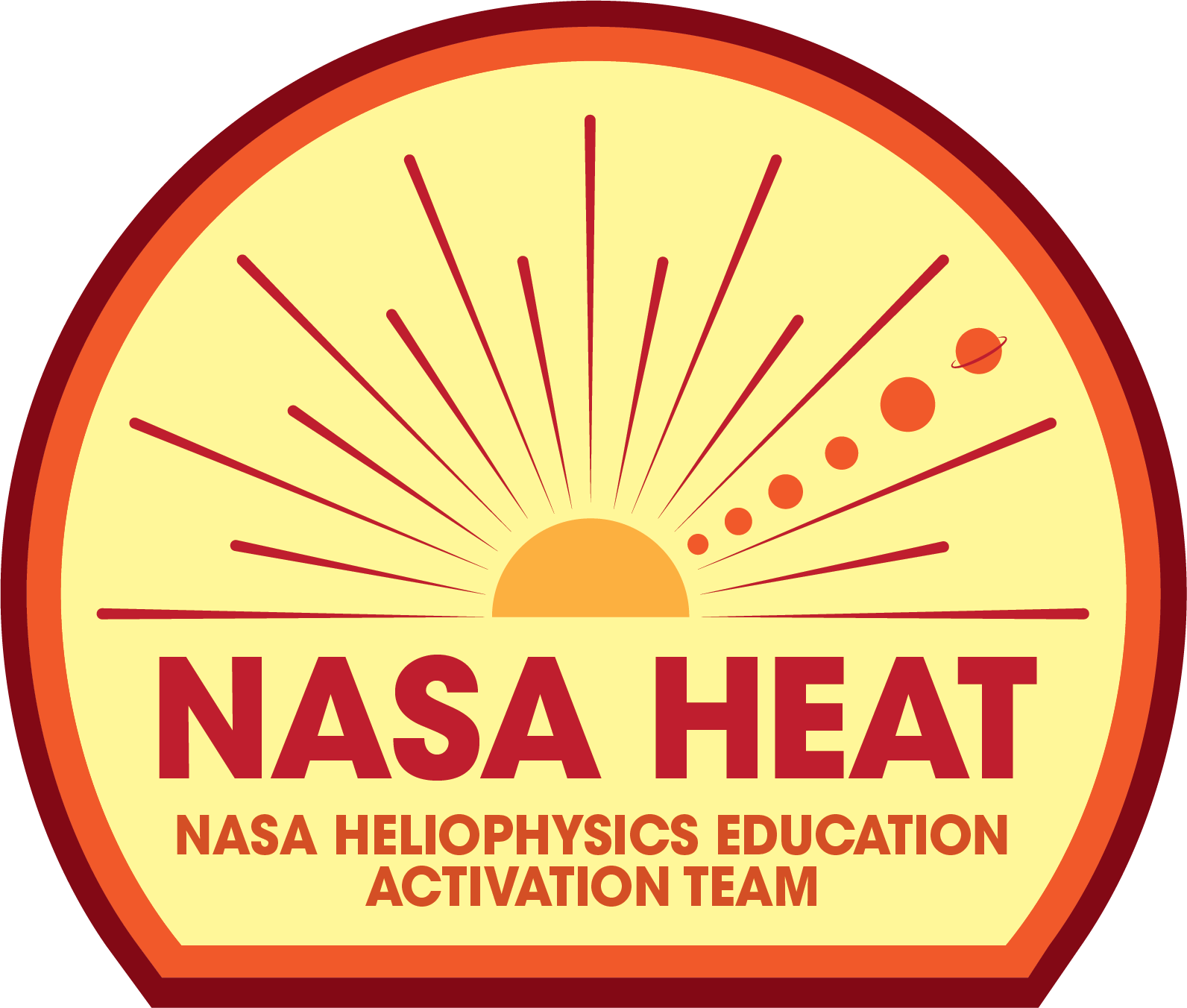
Disciplinary Core Ideas:
- ESS1B: Earth and the Solar System
Crosscutting Concepts:
- Patterns
Science and Engineering Practices:
- Developing and Using Models
Model the relationship between the Sun, moon and Earth during a solar eclipse.
What is a solar eclipse?
- Internet Required
- One-to-One (tablet, laptop, or CPU)
- One-to-a-Group
- Teacher computer/projector only


